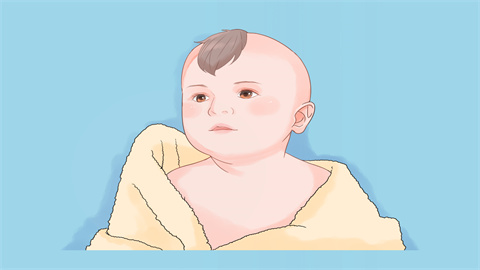How to effectively and simply reduce a baby's fever
Generally speaking, fever refers to an elevated body temperature. There is no simple and effective method specifically for reducing fever in infants. Fever in babies is usually related to environmental factors, excessive physical activity, indigestion, bacterial enteritis, pneumonia, and other factors. It is recommended to treat based on the underlying cause, such as through general care or medication. If symptoms persist for a prolonged period, timely medical attention is advised. Detailed explanations are as follows:

1. Environmental Factors
High environmental temperatures where the baby resides can directly affect body temperature, leading to an increase, though typically a mild one. It is recommended to adjust the indoor temperature promptly and ensure good air circulation to help the body dissipate heat.
2. Excessive Physical Activity
If the baby engages in significant physical activity such as frequent running or jumping, it may increase internal body heat, resulting in elevated body temperature. In such cases, it is important to reduce physical activity promptly and, if necessary, stop all activity.
3. Indigestion
Indigestion is often associated with improper diet. If the baby regularly consumes greasy foods or eats excessive amounts, this may lead to an increase in body temperature. This condition is often accompanied by symptoms such as abdominal bloating and loss of appetite. The baby's eating habits should be adjusted promptly, avoiding greasy and hard-to-digest foods. Additionally, medications such as Bifidobacterium Trilactis Powder, Jian'er Xiaoshi Oral Liquid (Children's Anorexia Relief Oral Solution), and Domperidone Suspension may be used according to medical advice.
4. Bacterial Enteritis
Bacterial enteritis is commonly caused by infection with pathogenic bacteria such as Escherichia coli or Salmonella. These pathogens entering the intestines may irritate the intestinal mucosa, triggering an inflammatory response and causing fever. Symptoms may include diarrhea and abdominal pain. Treatment may involve medications such as Montmorillonite Powder, Lactobacillus Tablets, and Amoxicillin Granules, under a doctor's guidance.
5. Pneumonia
Pneumonia is often caused by bacterial or viral infections. When a baby's immunity is low, the likelihood of developing pneumonia increases, leading to systemic fever. Symptoms may include coughing and rapid breathing. It is recommended to use medications such as Paracetamol Suspension Drops, Children's Cough Syrup, and Antiviral Granules according to medical instructions.
It should be noted that the above-mentioned fever-reducing methods must be conducted under a doctor's supervision to avoid delaying treatment. During treatment, regular monitoring of body temperature is recommended to adjust the treatment plan timely based on temperature control.




